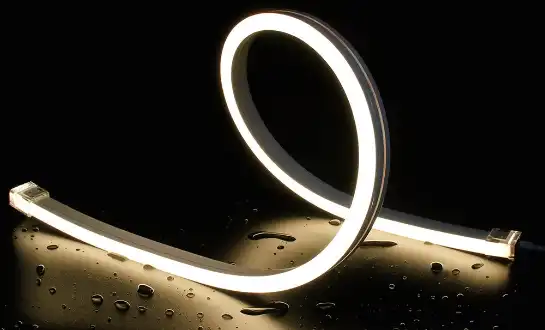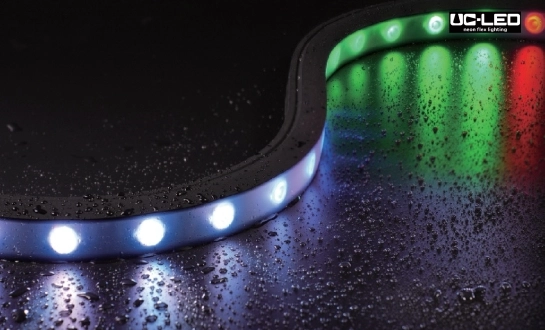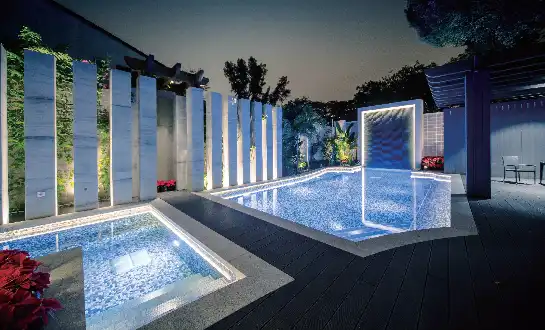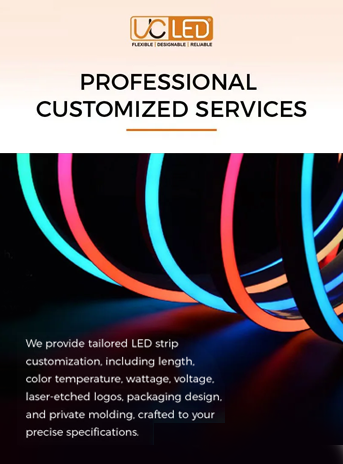DMX-Controlled LED Neon Flex for Architectural Projects—A Technical Guide
DMX-controlled LED neon flex is changing the way building lighting is designed by giving large-scale projects more control and freedom than ever before. This cutting edge lighting technology blends the adaptability and good looks of neon with the energy economy and controllability of LED systems. Architects and lighting designers can change the look of buildings and places by making lighting setups that are lively and flexible using DMX control. This technical guide goes over the details of DMX-controlled LED Neon Flex Strip, how it can be used in architecture projects, and the technical things that need to be thought about in order to make it work.
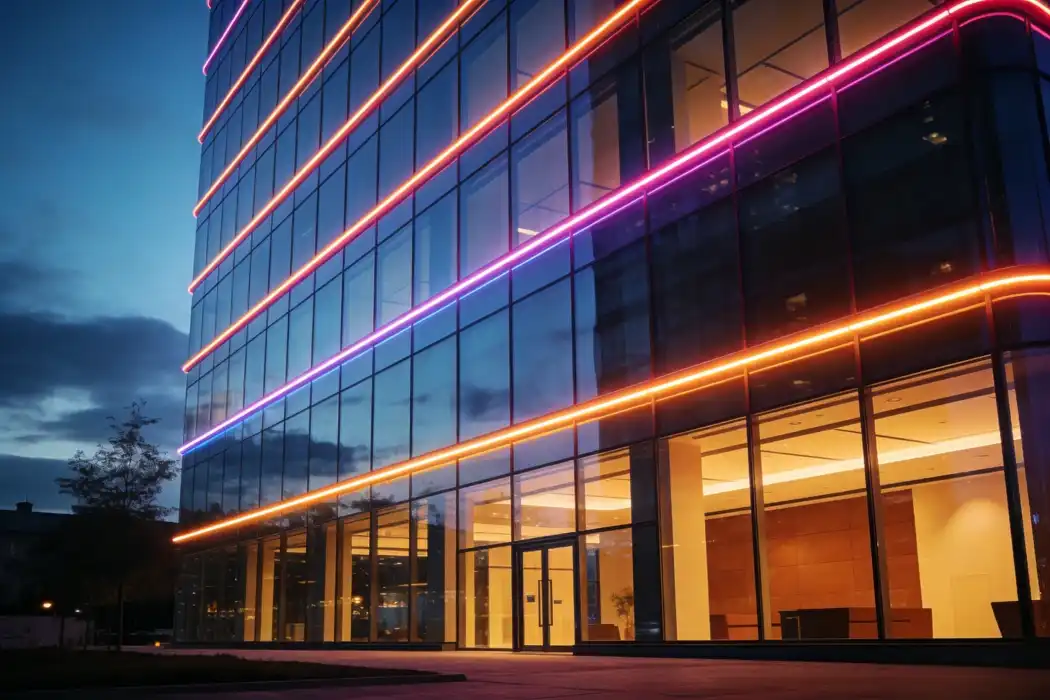
Grasping DMX-Controlled LED Neon Flex Technology
The Basics of LED Neon Flex Strips
LED neon flex strips are flexible, straight pieces of lighting that look like old-fashioned neon lights. These strips are made up of many bright LEDs enclosed in a flexible, see-through PVC or rubber shell. This makes a flexible lighting product that can be bent, shaped, and put in place in different ways to meet the needs of different buildings.
LED neon bend strips are better than regular neon in a number of ways:
- Energy efficiency: LED technology uses a lot less power than standard lighting, which saves energy.
- Durability: Because LEDs are solid-state, and the case is strong, these strips are very hard to damage.
- Safety: Because LEDs work at lower voltages and temperatures, they pose fewer fire and electricity risks.
- Durability: LED neon flex can last up to 50,000 hours or more, which is a lot longer than regular neon tubes.
DMX Control Systems Explained
Digital Multiplex, or DMX, is a standard system for digital communication networks that are often used for lights on stages and adding effects to buildings. DMX control lets you precisely change color, strength, and dynamic effects across big displays when used with LED neon flex strips.
Some important parts of DMX control are:
- Addressability: Each LED or section can be managed separately.
- Scalability: DMX can control tens of thousands of light sources at the same time.
- Programmability: Lighting effects and routines that are very complicated can be set up ahead of time or controlled live.
- Integration: DMX systems can work with other theater and building control systems.
Integrating DMX with LED Neon Flex
Several things are needed to make DMX control possible for LED Neon Flex Strips:
- LED drivers or controls that work with DMX
- A DMX processor for every section that can be controlled
- DMX controller or tools for setting up and managing
- Power sources that work with the LED light flex and control system
Putting these parts together gives you fine-grained control over the LED neon flex, letting you change colors, lower the light, and create complicated lighting effects that can react to things in their environment or to sequences you've set up.
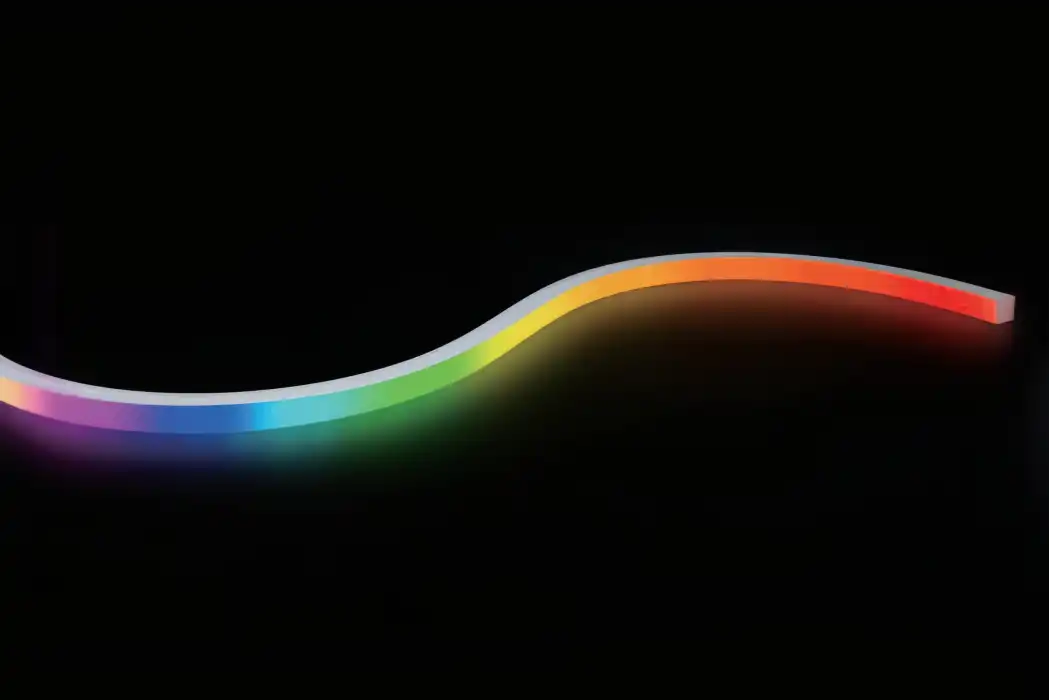
Design Considerations for Architectural Applications
Aesthetic Integration
When planners use DMX-controlled LED neon flex in architectural projects, they need to think about how the lighting will fit in with the building's look. LED neon flex is flexible enough to be easily integrated with a variety of design features, such as
- Drawing attention to structure features
- Drawing attention to curves and outlines
- Making structures that look great
- Making areas clear and directing movement
Programmable color changes and effects add another layer to the design, letting buildings look different at different times of the day or for special events.
Functional Lighting Requirements
Even though how something looks is very important, it also has to meet useful lighting needs. LED neon wire that is driven by DMX can be used for several things in building lighting design:
- General lights in public places
- Lighting for safety and making your way
- Task lights for certain places
- Accent lights to draw attention to important parts
Because DMX control is so flexible, lighting plans can change to meet different practical needs at different times, making places more useful overall.
Environmental Factors
When architects use architecture outside, they need to think carefully about the surroundings. There are different IP grades for LED Neon Flex Strips so that they can handle different amounts of water and dust. When creating with LED neon flex that is controlled by DMX, think about:
- UV protection for long periods of time in the sun
- Changes in temperature and how they affect performance
- The chance of damage happening in public places
- Electromagnetic interference from machines close by
Choosing the right IP-rated goods and taking precautions will make sure that the lighting system lasts a long time and works well.
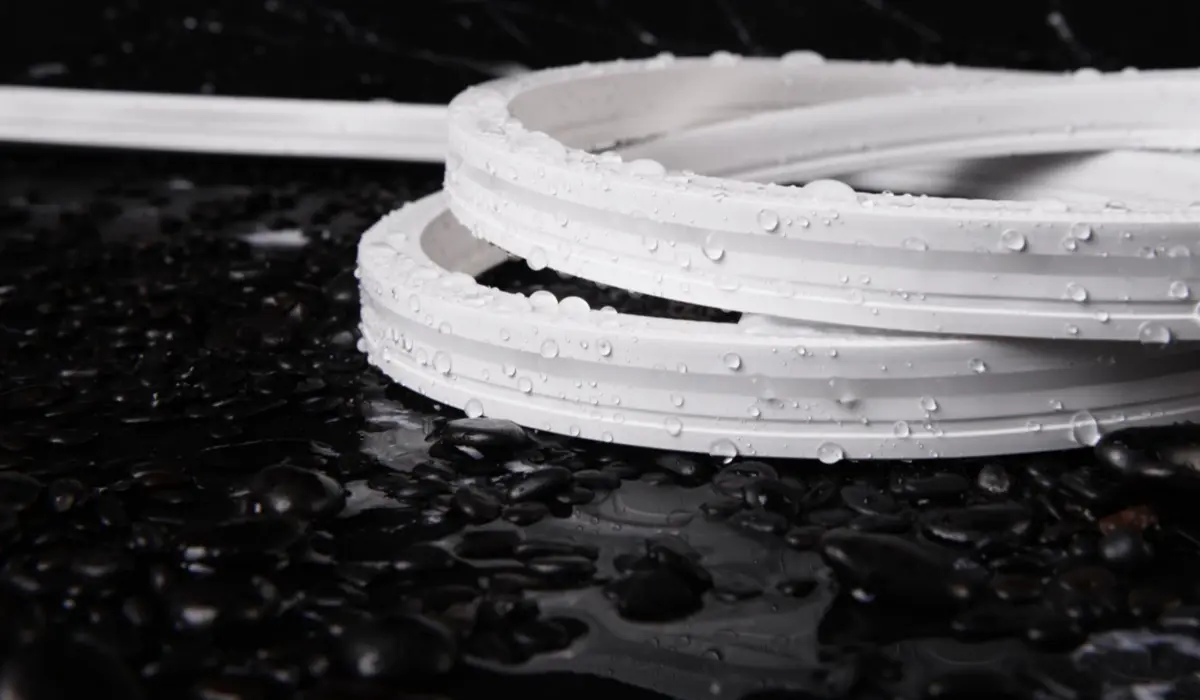
Technical Implementation and Best Practices
Planning the DMX Network
Planning the DMX network carefully is the first step to putting DMX-controlled LED neon flex to good use. In this case:
- Drawing up DMX codes and worlds
- Figuring out how much power is needed and distributing it
- Planning out how controls and decoders will be set up physically
- Making plans for boosting and sending data signals
A well-thought-out DMX network makes sure that all the lights in a big building project can talk to each other and be controlled reliably.
Installation Techniques
DMX-controlled LED neon flex works best and lasts longer when it is installed correctly. Important things to think about are:
- Secure fixing to keep from drooping or moving
- The right way to bend to keep the LEDs and internal wires from getting damaged
- Protecting links and control parts from the weather for outdoor use
- Making sure there is enough heat transfer, especially in small areas
When installing something, following the manufacturer's instructions and best practices in the business can help avoid problems and ensure the best performance.
Programming and Control Strategies
When you carefully program and handle DMX-controlled flexible LED neon, it can reach its full potential. Think about:
- Making a collection of effects and scenes that are already written
- Setting up automatic timers for lighting changes
- Adding sensors to make lights react to what's going on
- Making hand control tools that are easy for people to use
Advanced programming can make experiences more engaging, react to changes in the surroundings, or work with other building systems to make an architectural lighting solution that looks good as a whole.
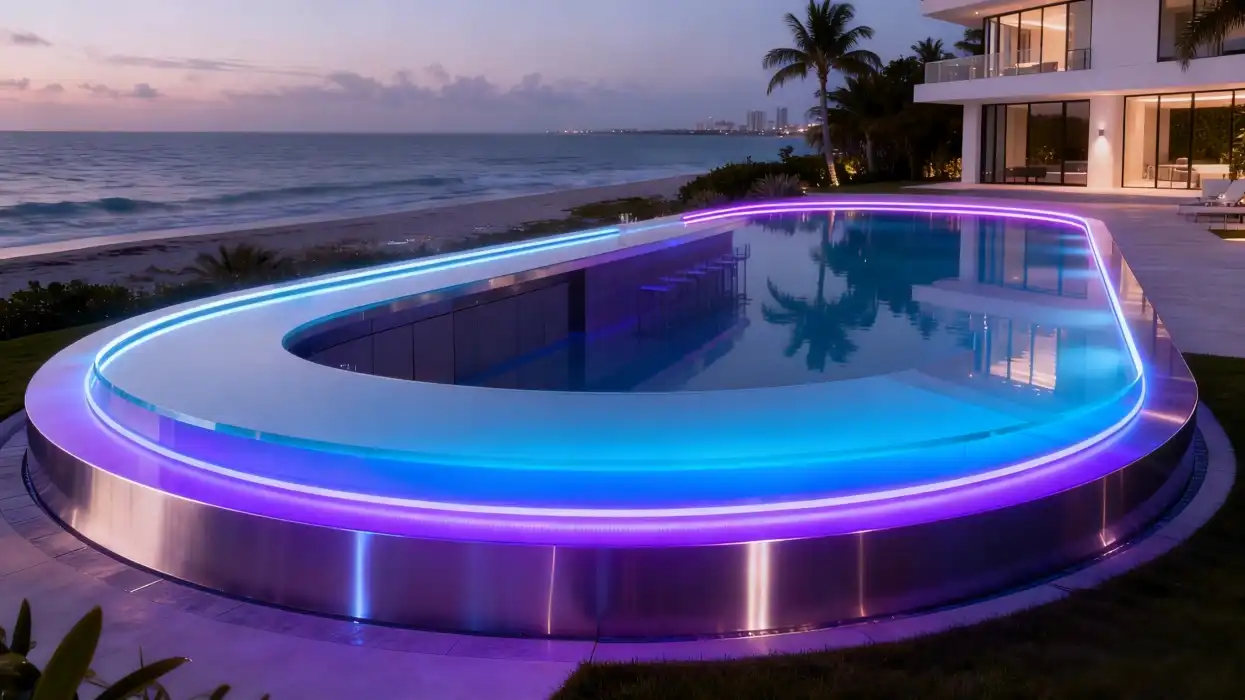
Maintenance and Troubleshooting
To keep DMX-controlled LED neon flex systems working well and lasting a long time, make a care plan that includes the following:
- Regular checks for mechanical problems or water getting in
- Cleaning of lighting to keep light output at its best
- Updates to the firmware on devices and DMX connections
- Color and strength settings are re-calibrated every so often
Also, make repair plans for common problems like communication problems, color issues, or broken fixtures to keep downtime to a minimum and keep the lighting design's identity.
Conclusion
LED neon flex that is managed by DMX is a strong tool for architects who create lights. Designers can make lively, responsive lighting works that take building projects to new heights by mixing the beauty of neon with the flexibility of LED technology and the accuracy of DMX control. As technology keeps getting better, there will be more creative and useful ways to light buildings. This will open up exciting new ways to improve the built world.
Please email us at Linda@uc-led.com to learn more about DMX-controlled LED Neon Flex Strip options and how they can improve your building projects. With cutting-edge lighting technology, our team of lighting pros is ready to help you make your wildest ideas come to life.
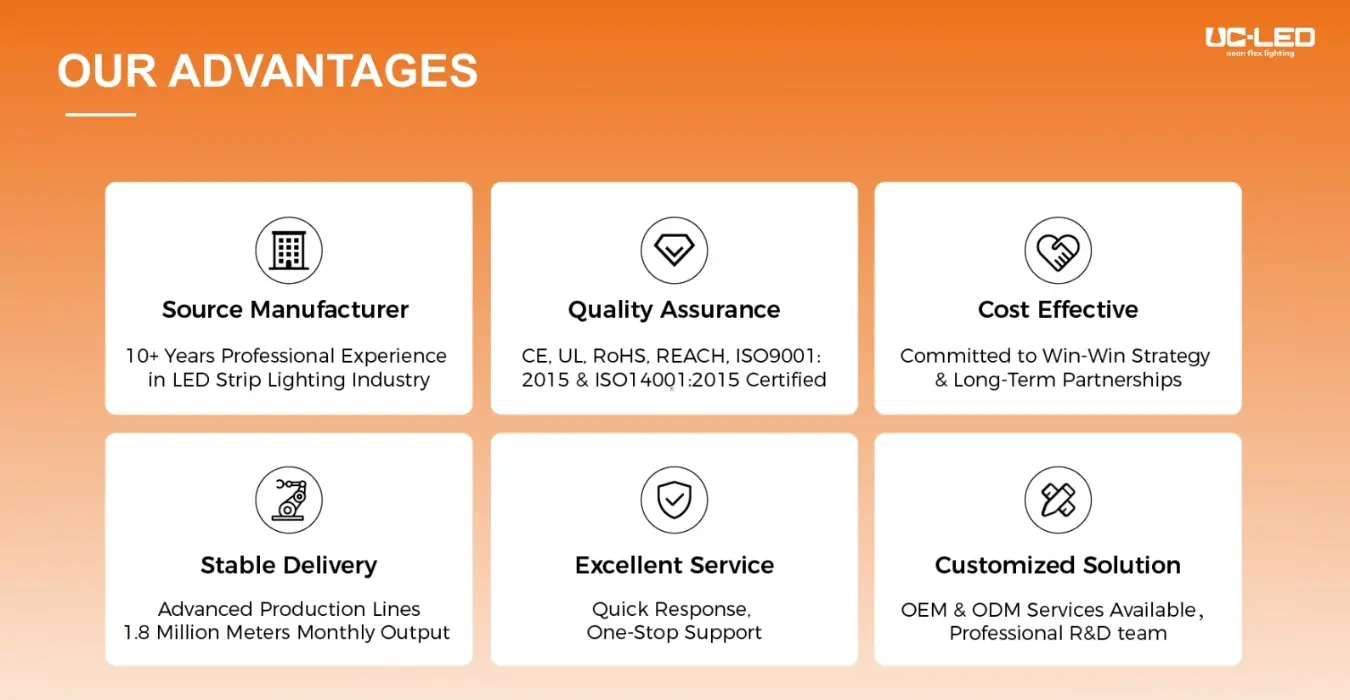
source: LED Light
References
1. Smith, J. (2022). "Advanced Lighting Control Systems in Architecture." Architectural Lighting Review, 45(3), 78-92.
2. Lee, M., & Chen, T. (2021). "DMX Protocol Applications in Large-Scale Architectural Lighting." Journal of Architectural Engineering Technology, 18(2), 205-220.
3. Brown, A. (2023). "LED Neon Flex: The Future of Flexible Lighting in Architecture." Building Design & Construction, 64(7), 42-55.
4. Wilson, R., & Taylor, S. (2022). "Energy Efficiency in Dynamic Architectural Lighting Systems." Energy and Buildings, 236, 110-125.
5. Garcia, L. (2023). "Integration Challenges of DMX-Controlled Lighting in Smart Buildings." Smart and Sustainable Built Environment, 12(4), 315-330.
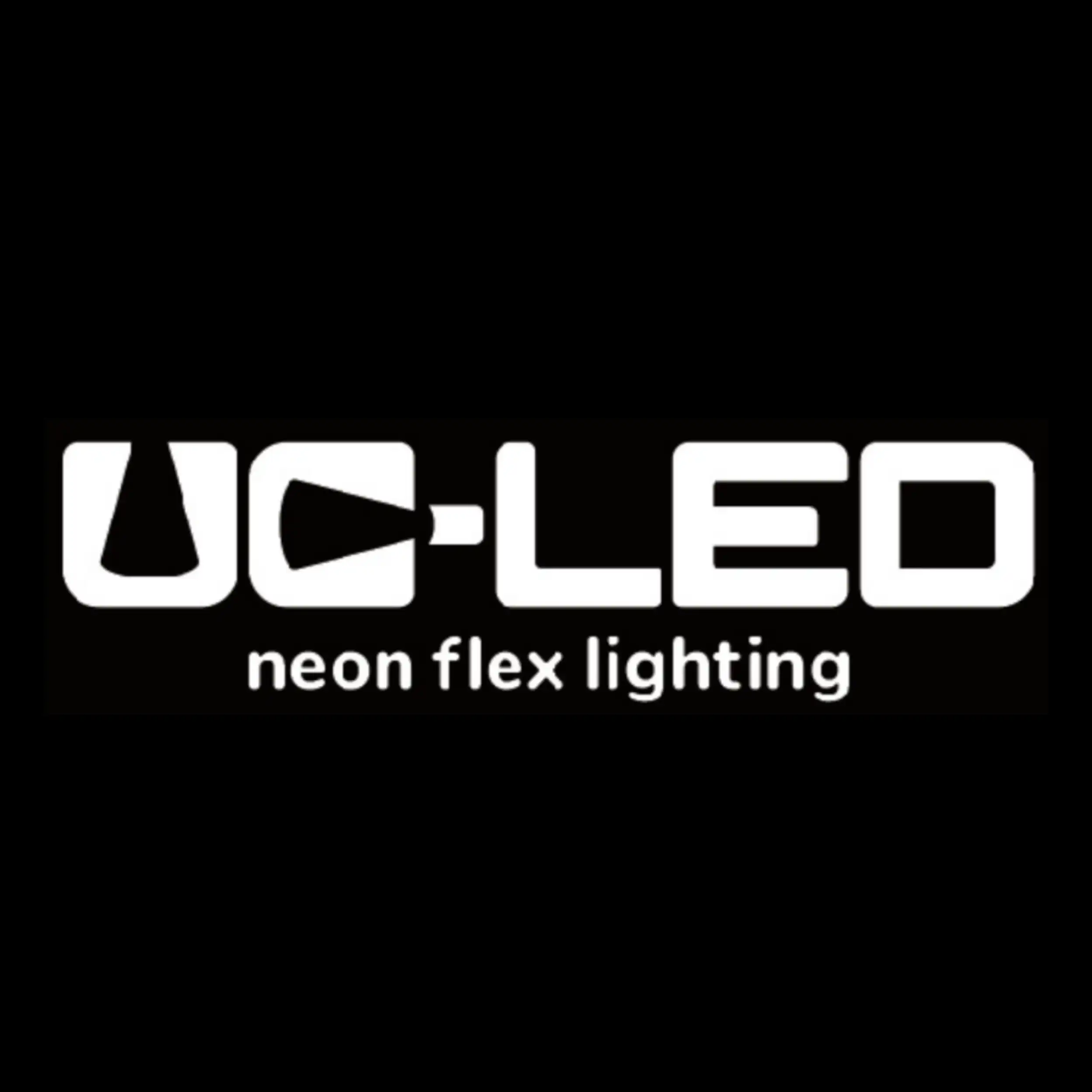
Looking for high-quality LED flexible strips? Click for a free quote in 24 hours!
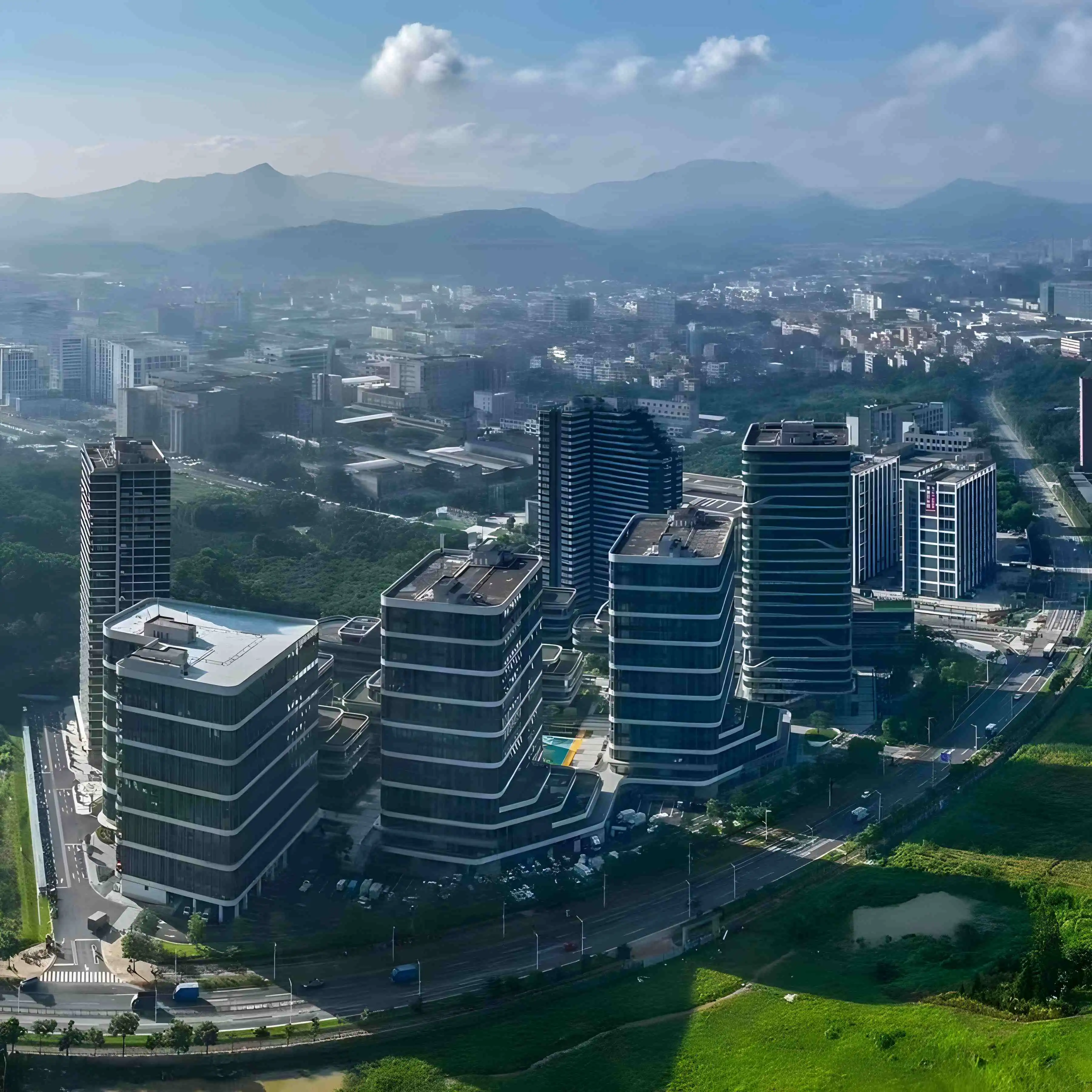
LED Neon Flex Strip Factory - Leading Professional Flexible LED Strip Manufacturer from China
